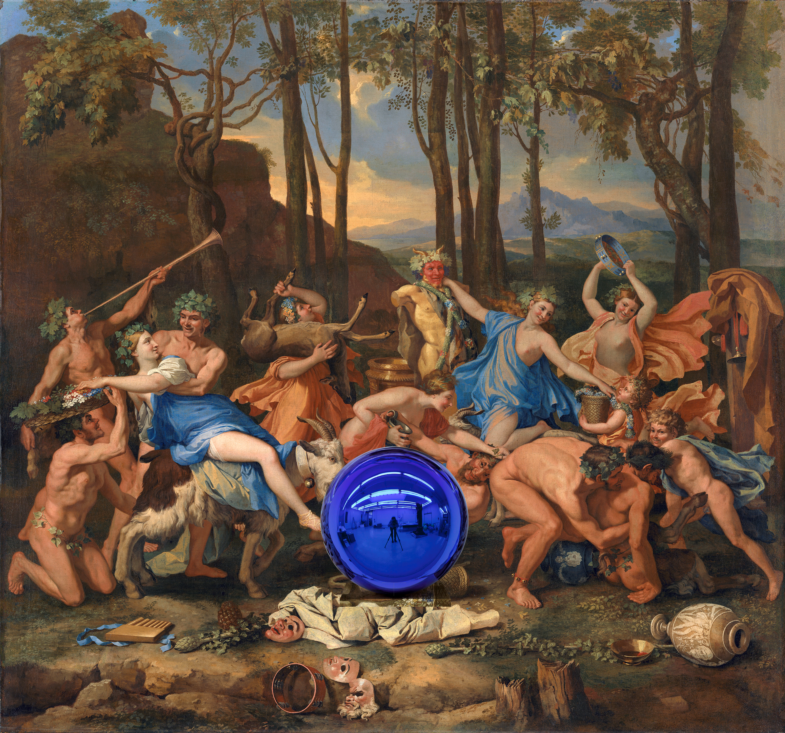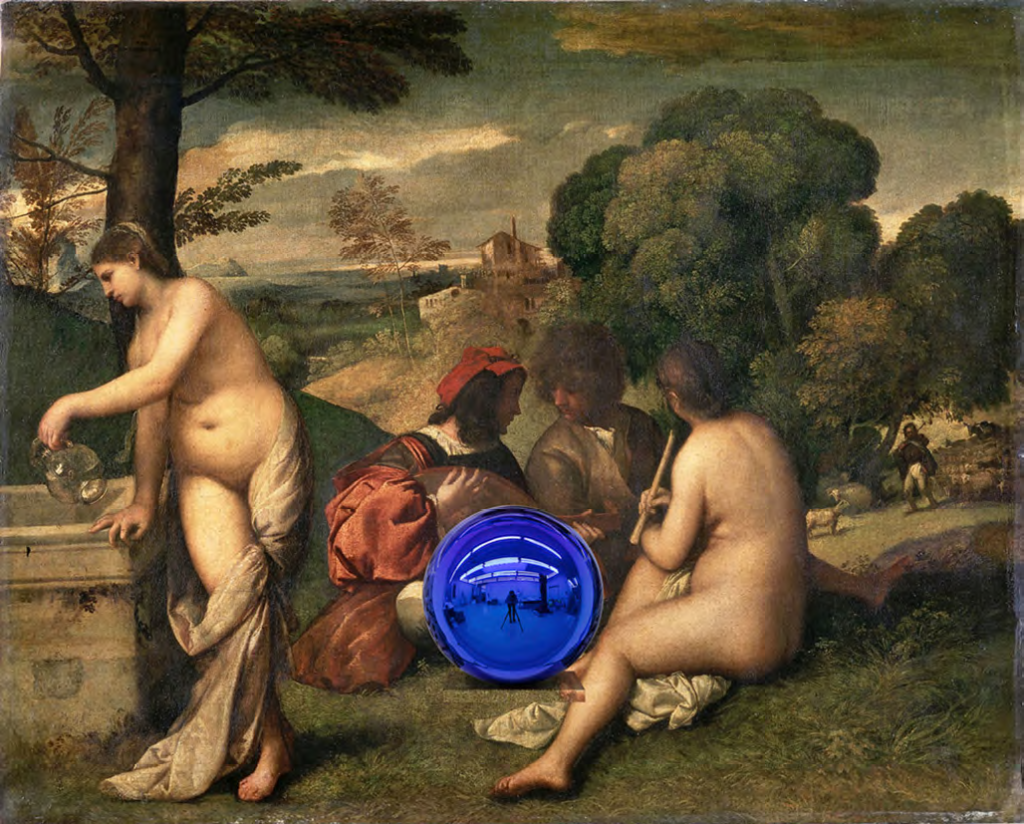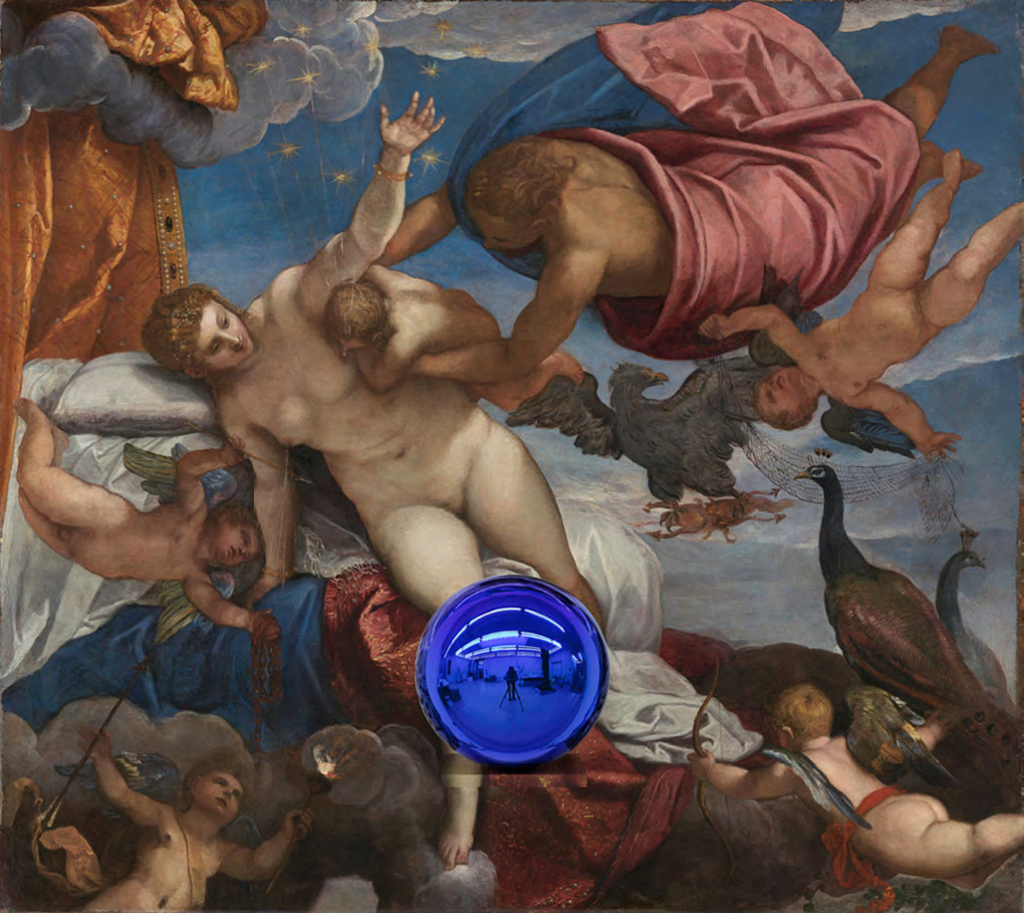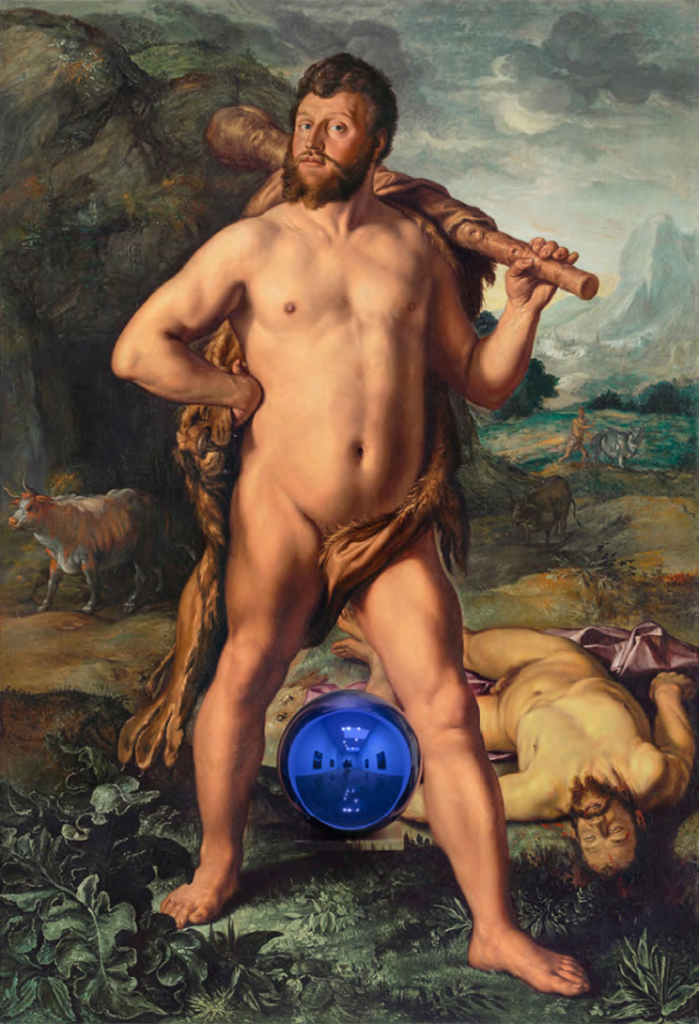Reviews
Jeff Koons Kicks Off London Frieze Week With Show at Almine Rech
The new Mayfair gallery is just around the corner from Gagosian, whom Koons is normally associated with.

The new Mayfair gallery is just around the corner from Gagosian, whom Koons is normally associated with.

Sarah Hyde

As the light of the art world turns on in London and Frieze art week begins, a corner of Mayfair—Grosvenor Hill to be precise—shone brightest last night where Almine Rech opened her new gallery space with an exhibition of Jeff Koons.
The new gallery is located just around the corner from Gagosian, a name with which Koons is more normally associated, and the vicinity is hard to ignore. Speaking to guests at a preview, however, there was no mention of the G word and on the subject, Koons has only stated “Almine’s gallery has such a good stable of artists I am very happy to be associated with them, and she’s also moving in circles that are profoundly involved in Pablo Picasso’s work. She is involved with a totally vast parameter.”
Koons has already shown with the gallery twice in Belgium and he and Almine are very good friends. Indeed, this is a period of major expansion for Almine Rech: Later this month a larger space—the gallery’s fifth—opens in New York with an exhibition of Calder and Picasso. The show will feature more than 50 works by the artists, created between 1912 and 1967, and will be curated by the two artists’ grandsons, Alexander S. C. Rower and Almine Rech’s husband, Bernard Ruiz-Picasso.

Jeff Koons, Gazing Ball (Titian Pastoral Concert), (2016). ©Jeff Koons, Courtesy of the Artist and Almine Rech Gallery
At the gallery, Koons explained that Picasso was an artist who was particularly important to him because, some 15 years ago, he had become disaffected with the over-intellectualization of Duchamp and the Ready Made. He felt that things had moved away from the artist’s original intention; that over-thinking was getting in the way of people enjoying the art.
Considering Picasso’s work had helped him through a difficult time; Koons confided that he admired and owned several Picasso’s and that The Kiss, from 1969, was particularly important to him. “Picasso,” he said, “reminded me to reference both my own work and that of other artists to layer in ideas and this helped me move forward.” Perhaps in the direction of the Gazing Ball series, which, alongside two shiny steel ballerina sculptures and Ready Mades, are currently on show.
Conceived as a series of 50, these works are an adaption of carefully selected paintings which have had a significant meaning to the artist. He actually believes that some of them have transformed his DNA.

Jeff Koons, Gazing Ball (Tintoretto The Origin of the Milky Way), (2016). ©Jeff Koons, Courtesy of the Artist and Almine Rech Gallery
So far, 45 of the works have been produced and nine of the pieces are on show in Grosvenor Hill. They include Old Master paintings such as Boucher’s Reclining Girl, Titian’s Pastoral Concert, Tintoretto’s The Origin of the Milky Way, Jacques-Louis David’s Intervention of the Sabine Women, Poussin’s The Triumph of Pan, Giotto’s The Kiss of Judas, Spranger’s Jupiter and Antiope, and Goltzius’s Hercules and Cacus.
Koons’s works are careful copies of the original pictures, although they are not replicas, as sizes have been changed. Discussing the process of copying the pictures, Koons explained that this involves extensive computer analysis of all the marks and colors on the original canvas, and that there can be around 7,000 colors in the original paintings. This information is carefully mapped out onto the new canvas and the meticulous new works take around a year to complete. The Gazing Balls—shiny blue glass reflective spheres—are then added on a shelf into the works.
As Koons explains, the reflection given by the glass balls works to reproduce the art work, to engage the viewer, and to bring the two together, moving the viewer through time and space. When Koons talks, everything becomes believable; the works are invested with all of the metaphysical and transformative qualities he mentions.

Jeff Koons, Gazing Ball (Goltzius Hercules and Cacus), (2015). ©Jeff Koons, Courtesy of the Artist and Almine Rech Gallery
However, they would not be Koons if they did not also play brilliantly on the mind, making us question their plausibility. This is where the genius and mischief lie; as viewers we constantly question them with their implausible kitsch, and shiny surfaces and textures.
During the discussion, Koons mentions that one of the series, after Picasso, belongs to Francois Pinault. Remarkably, just a few moments later, Mr. Pinault, owner of Christie’s and one of the most powerful collectors in the world, arrives to congratulate Almine Rech, his compatriot and friend, on the opening of her new space. A welcome guest to any gallery, this gesture of friendship gave the inauguration a seal of approval and was a reminder of the high stakes involved.
“Jeff Koons,” Almine Rech, Grosvenor Hill, London, from